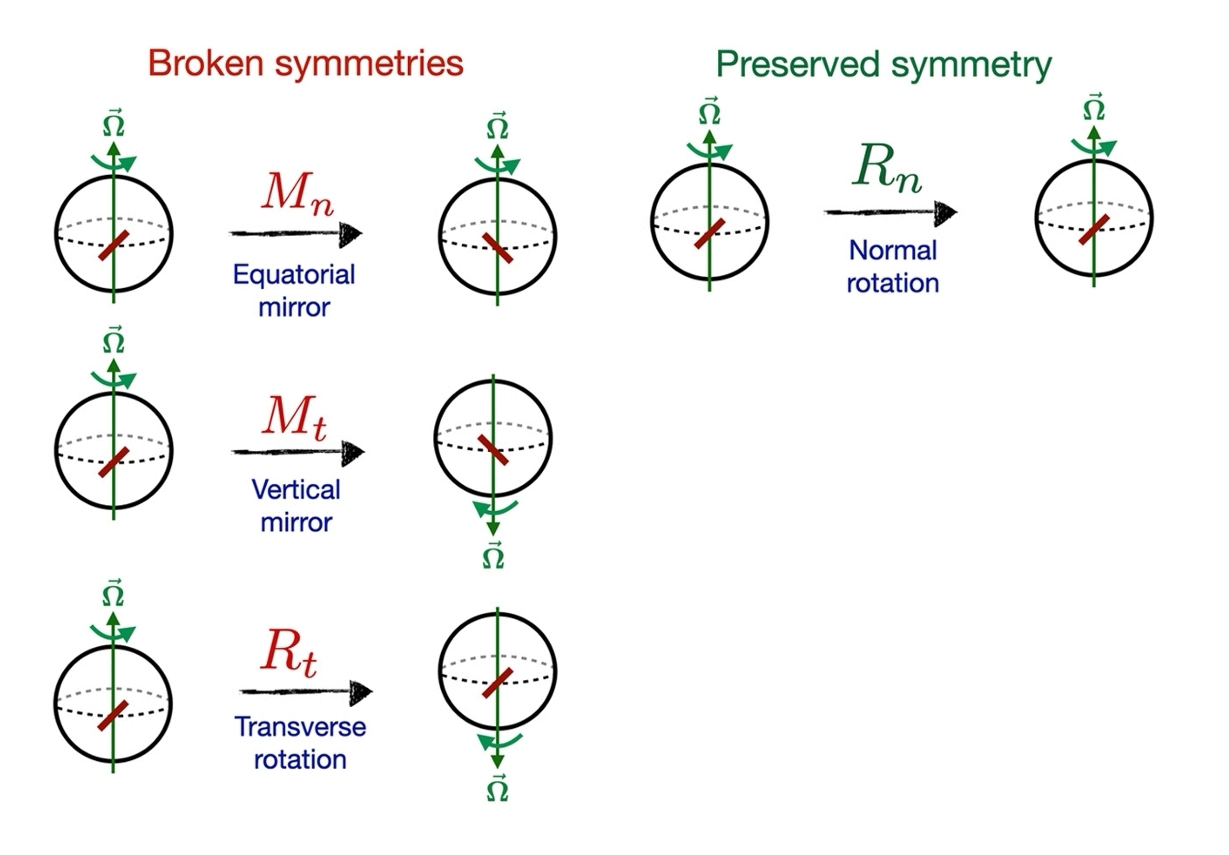AA << show that bacteria break that rule and can create free-floating and ephemeral genes, raising the possibility that similar genes exist outside of our own genome. >>️
<< What this discovery upends is the notion that the chromosome has the complete set of instructions that cells use to produce proteins, (..) We now know that, at least in bacteria, there can be other instructions not preserved in the genome that are nonetheless essential for cell survival. (..) The DNA molecule is a fully functioning, free-floating, transient gene. >> Samuel Sternberg.
Bacteria Encode Hidden Genes Outside Their Genome—Do We? Columbia University Irving Medical Center. Aug 8, 2024.
Stephen Tang, Valentin Conte, et al. De novo gene synthesis by an antiviral reverse transcriptase. Science. doi: 10.1126/ science.adq0876. Aug 8, 2024.
Also:
normal, jazz, in https://www.inkgmr.net/kwrds.html
Keywords: gst, codes, dna, rna, crispr, normal, jazz

